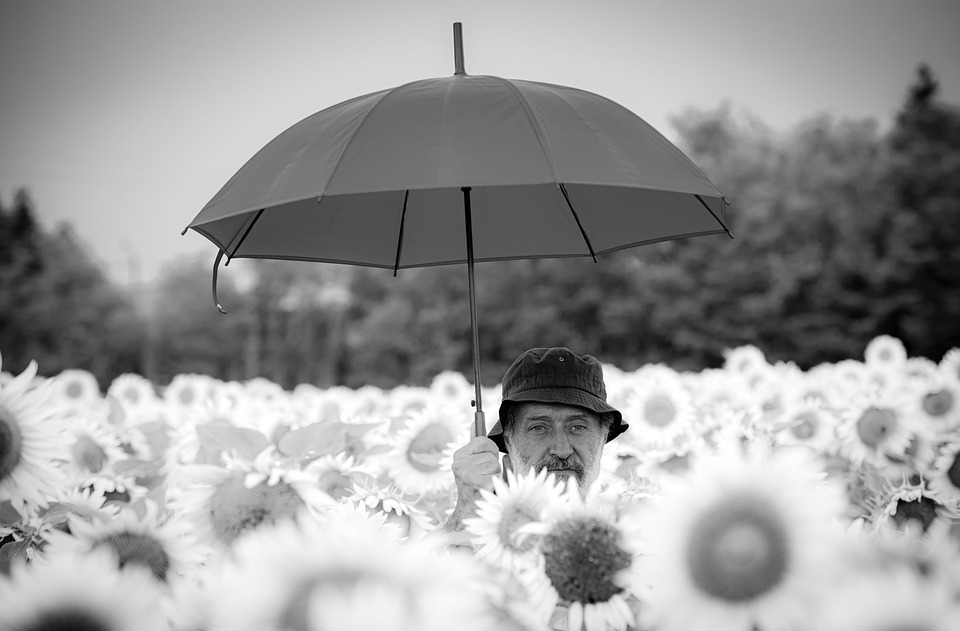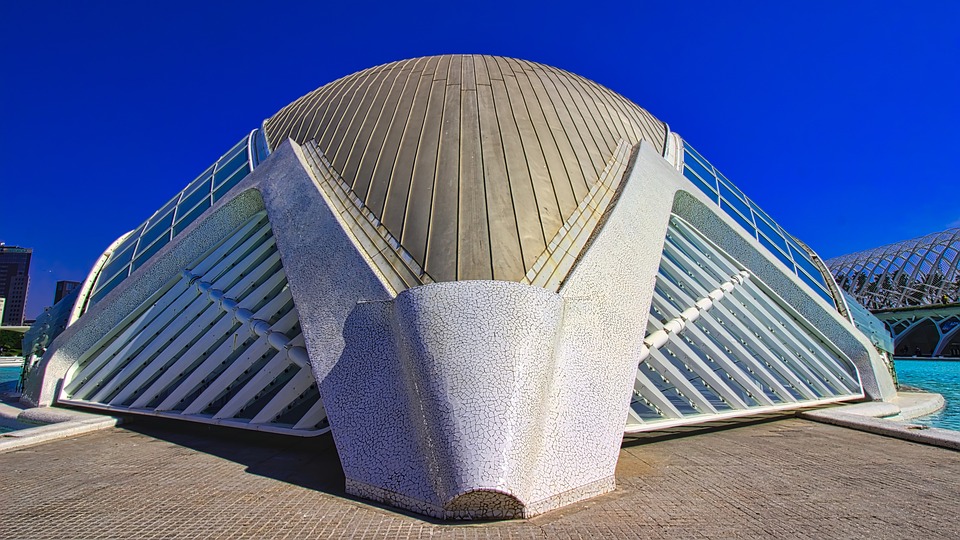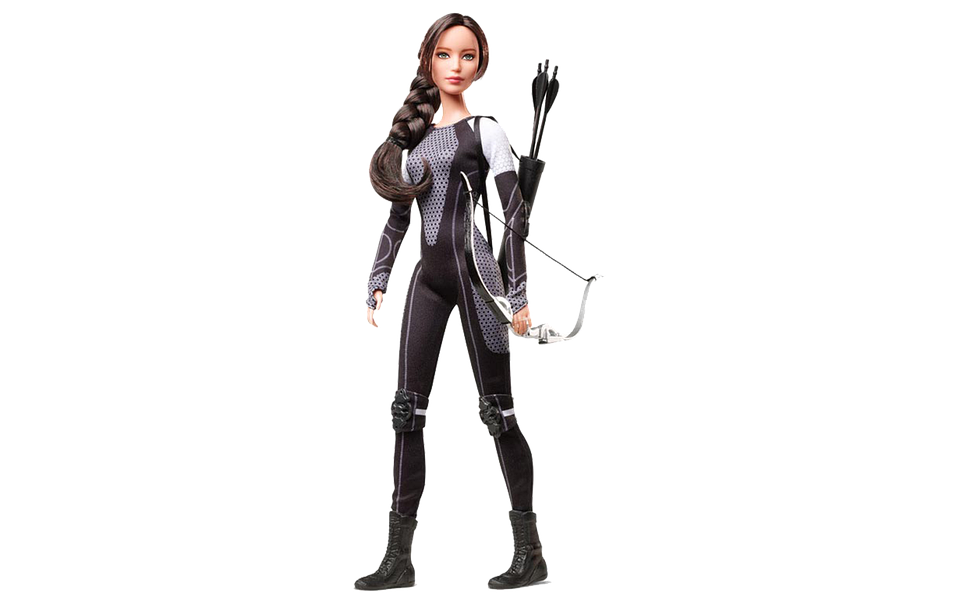
cinema
Introduction
Culturele diversiteit in the Dutch film industry has been a growing trend in recent years. As one of the most multicultural countries in Europe, the Netherlands is home to a significant number of different ethnicities and cultures. This diversity is now finding its way into Dutch cinema, with filmmakers embracing the richness of these cultures and telling stories that reflect the multicultural nature of the country. In this article, we will explore the various aspects of cultural diversity in Dutch films, including representation, storytelling, and the industry’s response to these changes.
The Evolution of Cultural Diversity in Dutch Cinema
Traditionally, Dutch cinema has primarily focused on telling stories that revolve around the experiences of the Dutch majority population. However, over time, this narrow perspective began to change as filmmakers recognized the need for more inclusive storytelling. The influx of immigrants from former Dutch colonies such as Suriname, Indonesia, and the Dutch Antilles also contributed to a richer cultural landscape, providing filmmakers with new themes and perspectives to explore.
Representation Matters: Embracing Ethnic and Cultural Diversity
One of the crucial aspects of cultural diversity in Dutch cinema is representation. It is essential for audiences to see individuals from different ethnic backgrounds portrayed on screen, as it not only reflects the reality of the multicultural society they live in but also helps to break down stereotypes and promotes inclusivity.
In recent years, Dutch filmmakers have made significant efforts to increase diversity in casting choices. They have sought out actors from various ethnic backgrounds to play not only supporting roles but also lead roles. This shift is evident in films like “Hoe duur was de suiker” (The Price of Sugar, 2013), a historical drama set in Suriname, and “Molenbeek” (2021), a documentary exploring the lives of residents in a Brussels neighborhood with a large Moroccan population.
Storytelling that Reflects Multiculturalism
Another important aspect of cultural diversity in Dutch cinema is the exploration of stories that reflect the multicultural nature of the country. Filmmakers are increasingly embracing narratives that go beyond the traditional Dutch experience and delve into the experiences of individuals from different cultures.
For example, the film “Alles is liefde” (Love is All, 2007) portrays a heartwarming romantic comedy set against the backdrop of Sinterklaas, a traditional Dutch holiday. The story weaves together multiple storylines involving characters from diverse ethnic backgrounds. This film not only appeals to a broader audience but also celebrates the cultural diversity of the Netherlands.
Industry Response: Initiatives and Support
The introduction of cultural diversity in Dutch cinema has not occurred in isolation. It has been supported by various initiatives and organizations that aim to promote diversity within the industry. The Netherlands Film Fund, for instance, actively encourages filmmakers from diverse backgrounds to tell their stories and provides financial support to projects that promote cultural diversity.
Additionally, film festivals such as the International Film Festival Rotterdam (IFFR) and the Netherlands Film Festival have embraced the inclusion of films that reflect the multiculturalism of the country. These festivals serve as platforms for films from different cultural backgrounds, allowing them to reach broader audiences and further contribute to the visibility of cultural diversity in Dutch cinema.
Conclusion
Culturele diversiteit in the Nederlandse film is undoubtedly a growing trend that has transformed and enriched the Dutch cinema landscape. The inclusion of diverse voices and stories not only reflects the multicultural nature of the country but also challenges stereotypes, promotes inclusivity, and creates a richer and more engaging cinematic experience for audiences. While progress has been made, there is still room for improvement. Continued support from the industry, filmmakers, and audiences alike will ensure that cultural diversity remains an integral part of Dutch cinema, allowing for a more accurate and representative reflection of society.



